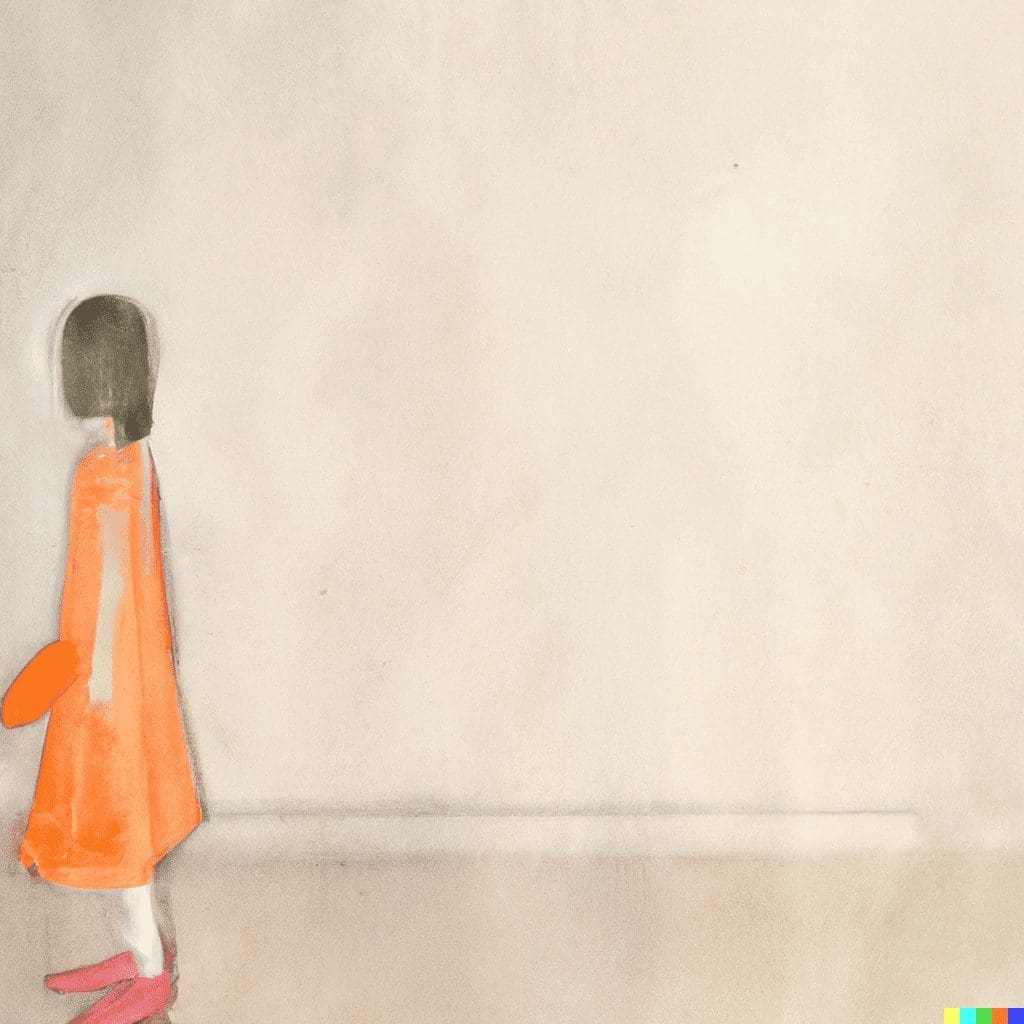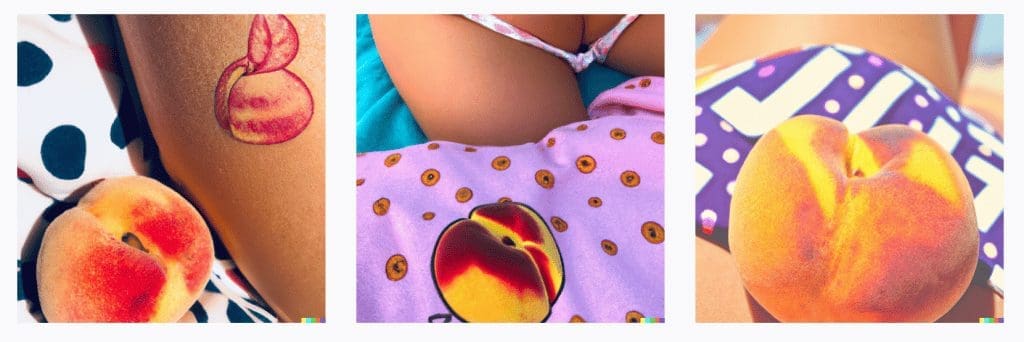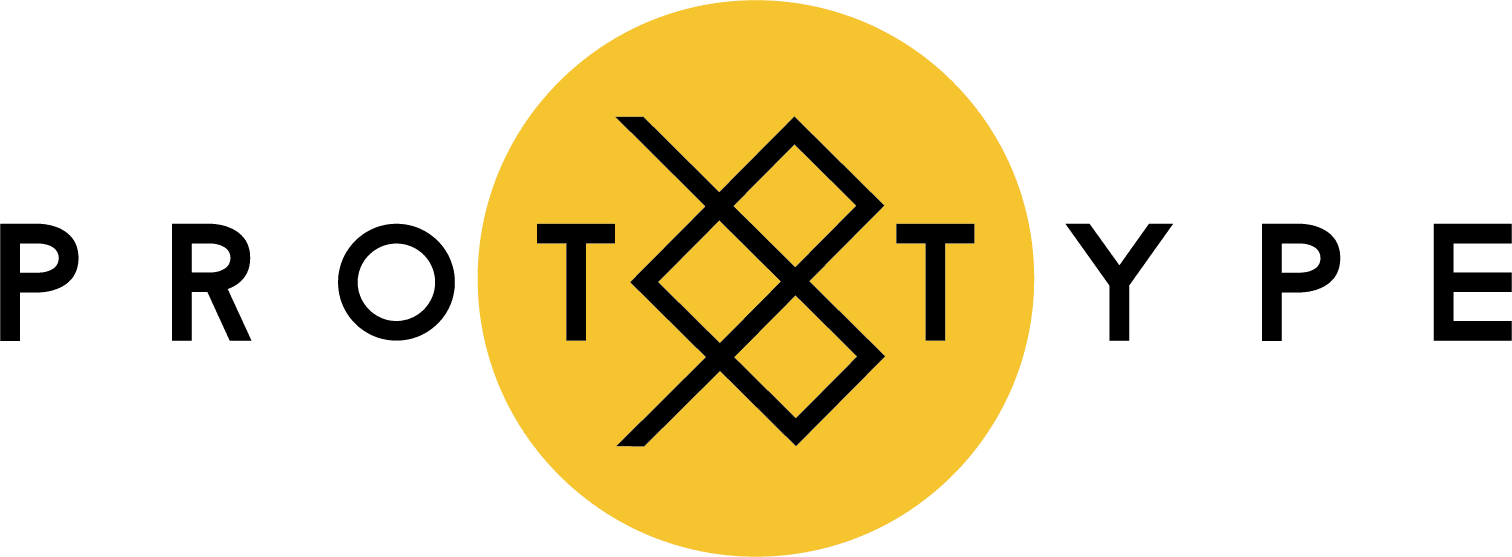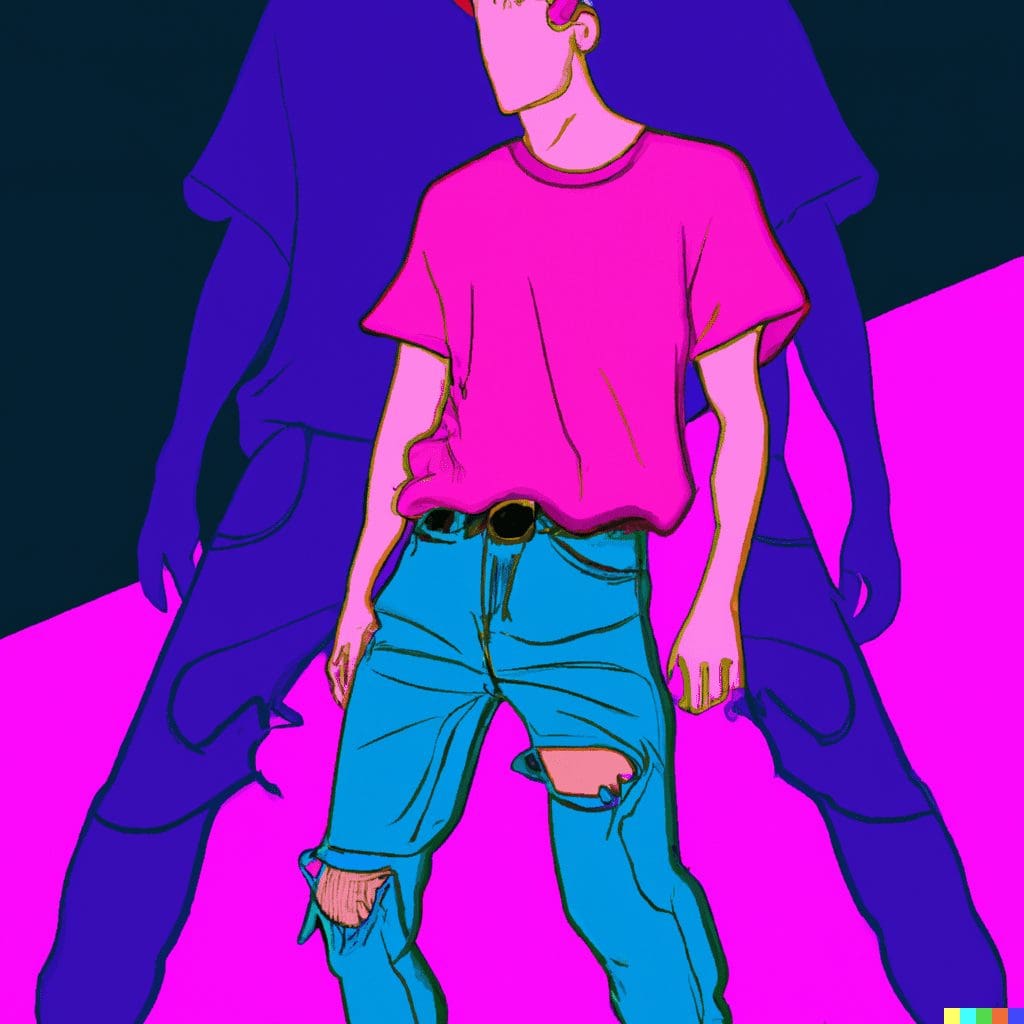Everyone’s talking about AI-generated photos and artwork right now. It would seem, based on some of the stunning images coming from the Dall-E 2 AI and all the recent press, that the writing is on the wall for those working in the creative arts. So what about fashion AI? What would AI-generated fashion look like and could it make fashion designers obsolete? We’ll dig into all of that, with some surprising results!
What’s all the hubbub about AI these days?
Everywhere you look, people are discussing AI and its new-found role in the creative process. In July 2022, an AI research company, OpenAI, released a beta version of their machine-learning software, Dall-E 2, onto the interwebs and the resulting response has been deafening. Then, an AI software called Midjourney made headlines for winning an art competition with, quite frankly, a rather stunning entry. Suddenly the entire world is awash in AI-generated imagery and it’s got a lot of creatives up in their feels about it.
But are their worries justified? Can an AI really replace artists, illustrators and designers? Not long ago most of us would have said “No way!” Creativity has long been thought of as the exclusive domain of the living, breathing, thinking human. Computers can do damn near everything else, but surely not art! Right?! Please, for the love of God, tell me a computer can’t beat me at sketching!
I applied and was accepted for the Dall-E 2 beta and I’ve been spending a bit TOO much time testing it out. The results have been incredible. And hilarious. And confusing.
I’ve got good news, and bad news, about AI in fashion
The good news is that the robots aren’t here to take your job… yet. The bad news part is the “yet”. I honestly would have never dreamed that AI would be able to do the things it can do today. While it makes incredible stupid, laughable results, it also creates stunning results, particularly in the arena of the fine arts. Let’s take a look at how it works.
The key to a good result is a good combination of keywords. Dall-E 2 will then return 4 image options. Sometimes they’re all pretty good, but generally there are just 1 or 2 that meet your objective. And sometimes the results are just truly horrible.
Let’s try an example…
I’ve entered “abstract pencil and watercolor of a small girl wearing an orange dress alone in a white room”
About 20 seconds later…

In terms of overall quality and composition, here’s the one I prefer. Take a look at the detail.

Objectively, I can say that, given those keywords and the fact that the entire process took something like 20 seconds, these results are pretty damn impressive. Bit of an odd protrusion off the front of her dress, but that, as you’ll see, is common with AI. Clearly, when it comes to the arts, AI is playing hardball. Watercolor illustrators might not want to quit their day jobs right now.
AI in Fashion
By now, if you’re anything like me, you’re swallowing hard, thinking oh my god, the robots are coming for my job! Conversations like this are happening in graphic design studios, architectural firms and, yes, in fashion brands around the world. Not without good reason, but let’s look at some real examples and why you probably have a few good years left in you before you need to cash in your bitcoin and live off-grid.
Let’s take a look at some examples of AI fashion:
Search string,“a painting of a handsome man wearing a tshirt, blue jeans and sunglasses in the style of andy warhol”

That’s a bit of a softball, easy image filtering. Let’s trying something a bit harder.
Let’s try “A photo of a girl at the beach wearing a bikini. Bikini has printed pattern of peaches”

Err…………. Ok, apparently the issue was either the search terms or Dall-E has never been to the beach! Let’s try that another way.
“A girl at the beach wearing a bikini printed with peaches, digital art”

Hmm. I think I’ll give up on this one. Let’s try another, this time a bit more specific perhaps.
“A photo of a black girl wearing a long dress featuring pink and blue stripes”

Much better! Although on the far right that’s clearly not a photo, it’s quite a good illustration.
Let’s try another sketch. “a fashion sketch of a man wearing a white tshirt, blue jeans and a baseball cap”

Not bad, not bad at all. This AI result definitely has some good utility in the fashion business. Let’s try again with a bit more flair.
“a synthwave style drawing of a man wearing blue jeans and a pink tshirt”

Pretty cool, right?! I like the 2nd one a lot. In fact, hmmm…. There’s my featured blog image! ?
All these examples are certainly RELATED to fashion, but what about something far more technical? How about a flat sketch?
“a flat sketch of a tank top tshirt”

Not bad. How about “a fashion croquis sketch of a girl wearing a bikini”?

Horrid. And confusing. Obviously the AI software somewhat understands what a croquis sketch is, but doesn’t seem to know how to put it all together.
Let’s try a very specific task: “design a cute sun dress using the color F18805”

Similarly, it appears that while the software does take a swing at “design”, it doesn’t understand hex code colors.
On the next example, we’ll try an illustration vs a 3D model, with interesting results. “a 3d model of a cute girl wearing a marigold colored cotton sun dress” vs “an illustration of a cute girl wearing a marigold colored cotton sun dress”


From all those examples, I think one thing in particular is clear: Results May Vary.
Where is Fashion AI Headed?
It’s pretty clear that fashion AI has a long way to go before it has any real utility on the professional side of the fashion industry. However, it’s also pretty clear that it can be used to rapidly generate sketches and other visual aids that could be used for collection development, presentations, etc. Personally, I’m finding many of the results to be helpful for in blogging, which is no small achievement.
Based on what we’re seeing today, I could easily imagine a near future where you could issue a command to the AI: “Design a short cocktail dress with lace trim in 3 colors” and have some options to review that would actually be usable. This process will bring about a total revolution in the creative process. But what it won’t do is fundamentally change the role of the human in the process as the arbiter, the curator.
Design ideas have always been readily available to any creative. It might take some time to produce the sketches or whatever, but a creative mind is rarely short on conceptual fodder. I see AI in fashion playing a useful role in brainstorming and perhaps in representing creative work. But it still takes a designer with a certain taste to provide the prompts and then to decide if the results are satisfactory. So, while AI might enable a fashion designer to work much more quickly, it’s unlikely to compete for your job. It’ll just mean that you have to work faster to keep up!
Another thought to consider is that, in all likelihood, the novelty of AI-generated fashion will eventually wear thin and consumers–at least on the top end–will likely find themselves hungry for the “real thing”. And like anything else, that will trigger a trend for for products made the old-fashioned way.
What do you think? How do you see AI impacting your fashion brand? Let me know in the comments!

